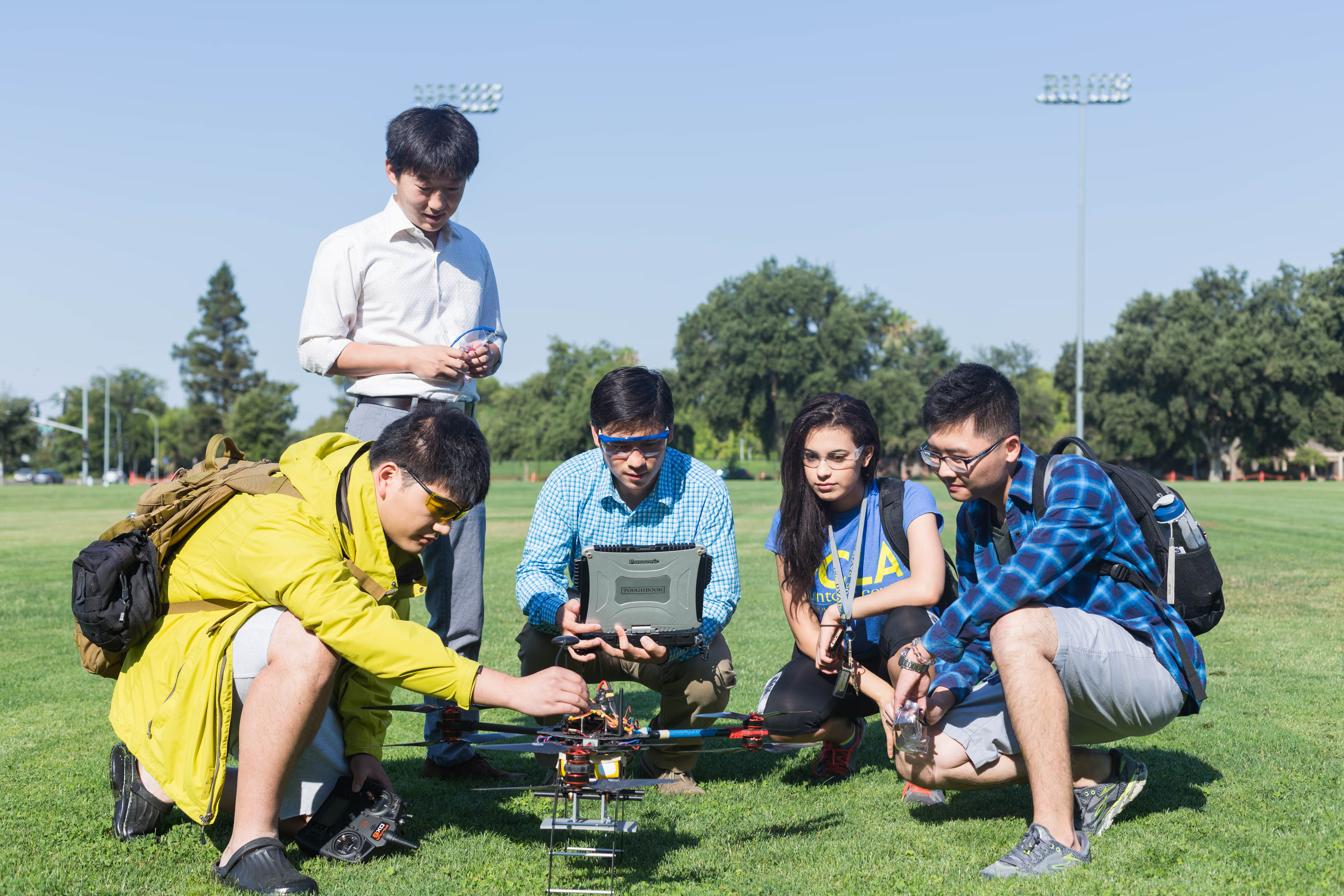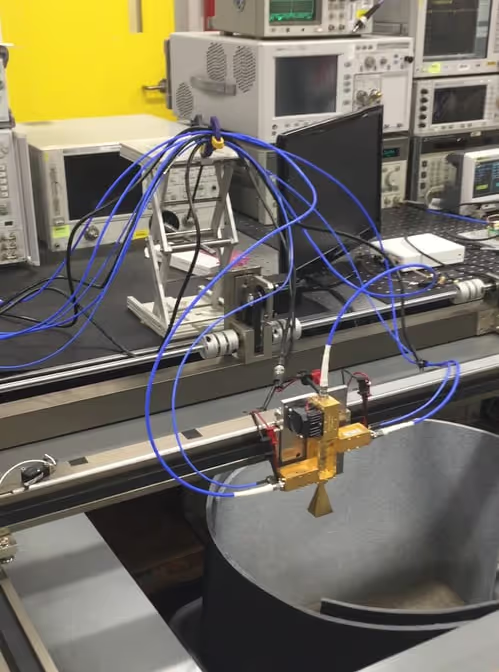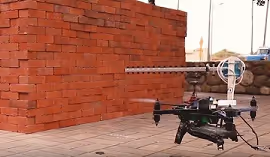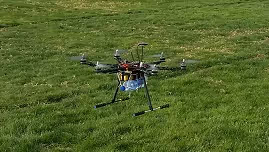An Autonomous UXO Identification Platform

Project overview
Researchers at the University of California Davis, Virginia Diodes Inc. and the GICHD are developing An Autonomous UXO Identification Platform to improve the safety, quality and productivity of the UXO/ mine detection process for humanitarian demining.
Project solution
This project offers [specific solution or intervention] to tackle [challenge]. By implementing [strategies, tools, or innovations], the project aims to achieve [desired outcomes]. The approach is designed to [specific actions or methods] to bring about meaningful change in [community, region, or issue area].
Expected outcomes
This project aims to achieve [specific outcomes], such as [measurable results, improvements, or changes]. The expected impact includes [benefits to the target community, advancements in research or innovation, or long-term effects]. By the end of the project, we anticipate [specific changes or milestones] that will contribute to [broader goals or objectives].
Researchers at the University of California Davis, Virginia Diodes Inc. and the GICHD are developing An Autonomous UXO Identification Platform to improve the safety, quality and productivity of the UXO/ mine detection process for humanitarian demining.
WHAT HUMANITARIAN NEED IS BEING ADDRESSED?
UXO (Unexploded Ordnance) contamination has affected more than 70 countries since the 1960s. UXOs and mines claim an estimated 15000-25000 casualties every year where 80% of the victims are civilians. UXO detection is a costly, labour intensive and dangerous process; The cost of removal is estimated at US$300-US$1000 per UXO/ mine. Current methods of identification involve manually scanning areas of land with handheld metal detectors or by towing a rig of equipment. These methods often generate false positive data and waste valuable time and resources. We seek to improve the safety, productivity and quality of the UXO detection process
WHAT IS THE INNOVATIVE SOLUTION AND HOW WILL IT IMPROVE EXISTING HUMANITARIAN PRACTICE?
An Autonomous UXO Identification Platform is a quad-copter drone equipped with a high resolution, high sensitivity millimeter wave imaging radar programmed to scan an area for UXOs. Millimeter wave imaging is currently used in airports in the USA for detecting security threats hidden under clothing. We propose to mount this imaging technology on a drone to scan the ground for buried UXOs. Current methods of detection are unable to discern buried scrap metal from a UXO. A drone equipped with millimeter wave imaging technology will improve the quality, productivity and safety of UXO detection.
EXPECTED OUTCOMES
At the end of the recognition phase grant, we will develop a quad-copter drone with 1.5kg payload and 10W DC power supply. These specifications will be required to integrate the millimeter wave radar with the quad-copter drone in later grant phases. We will then program the drone to hover in a user-defined raster scanning pattern. Additionally, we will conduct soil penetration experiments using a high power millimeter wave radar to characterize the capability of millimeter wave imaging in various soil types and conditions.
Project delivery & updates
Stay up to date with the latest developments from this project. Here, you will find details on what has been delivered, resources created, and regular updates as the project progresses. Access key documents, reports, and other materials to see how the project is making an impact.


